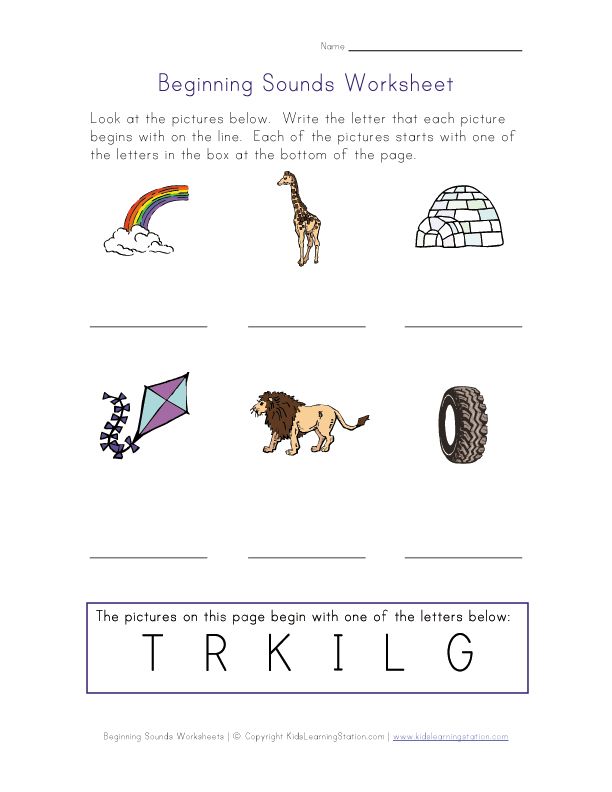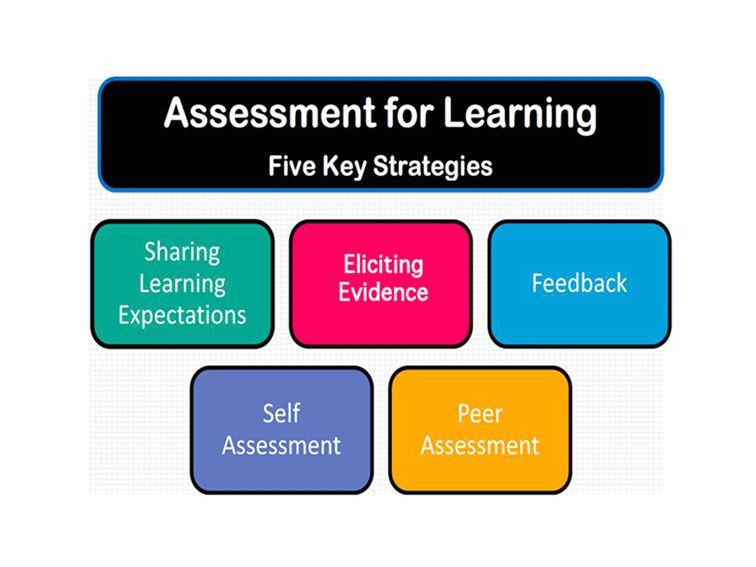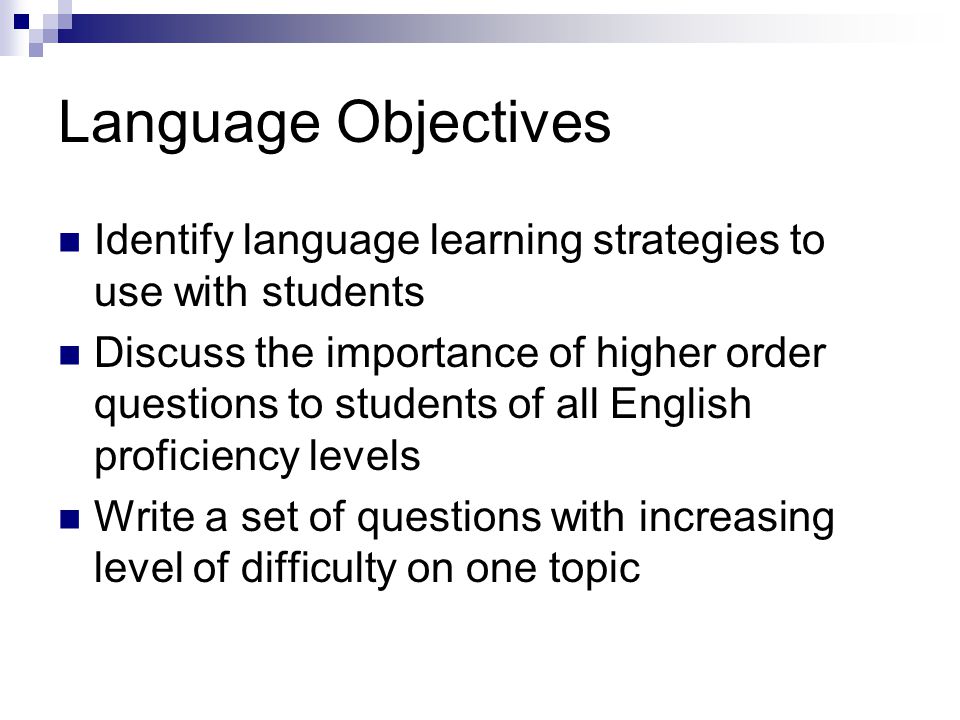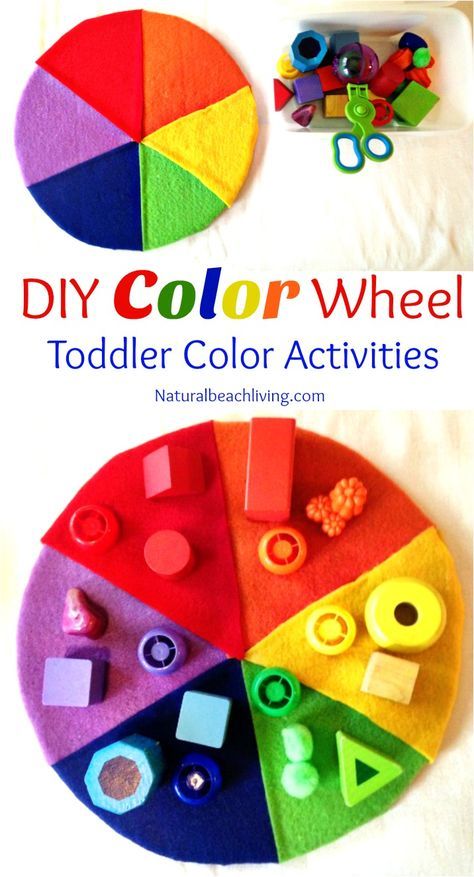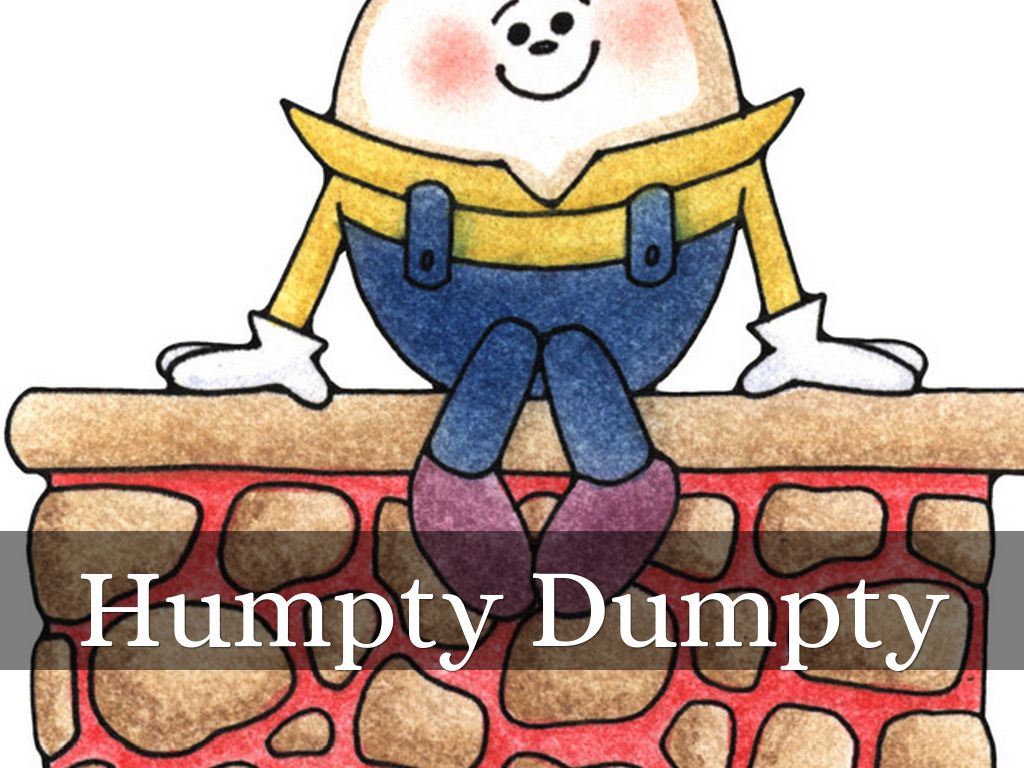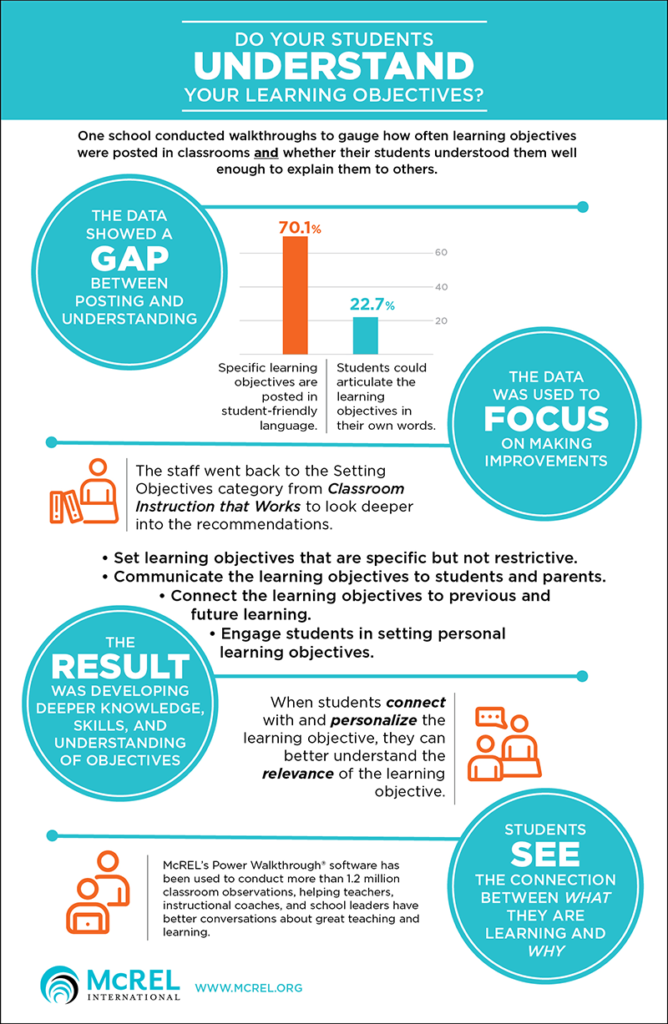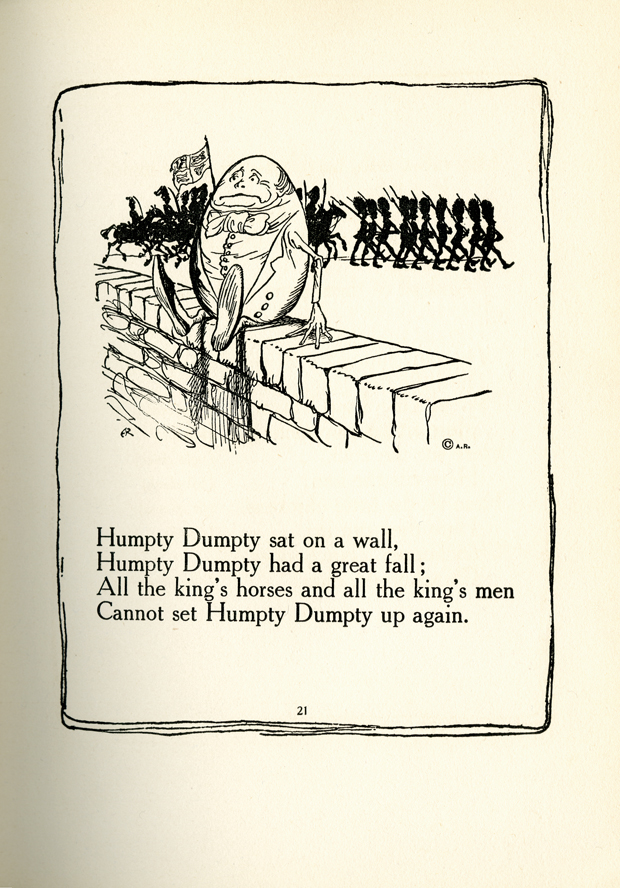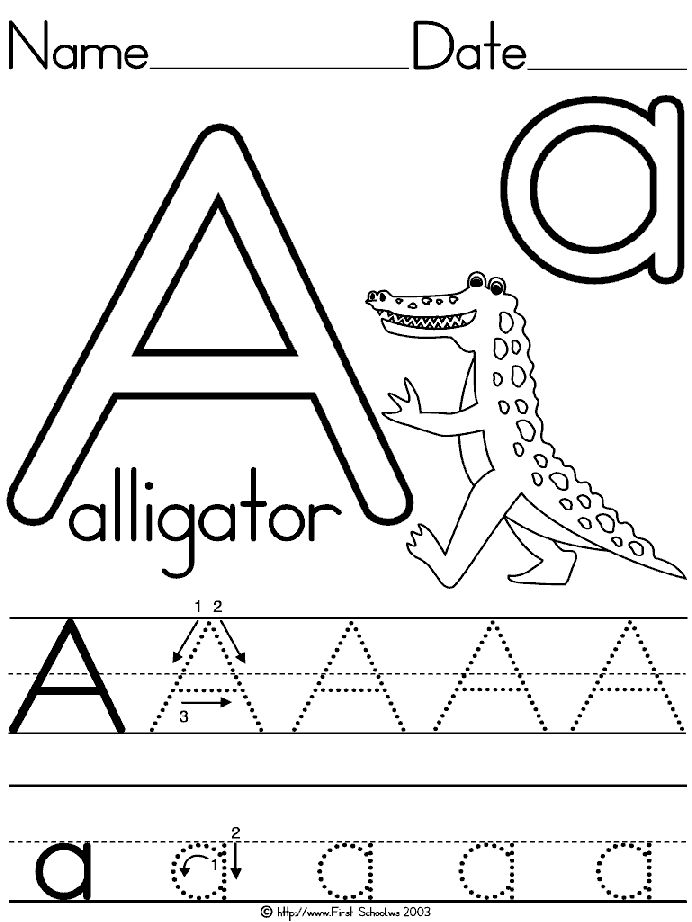Beginning letter sound
HOW TO BEST TEACH BEGINNING LETTER SOUNDS
How to best teach initial sounds - teaching ideas and printable resources ideal for young children learning beginning letter sounds.
Learning to tell sounds apart is a key literacy skill in the Early Years and a first step in being able to read and write.
As parents and teachers we do this orally - helping our children distinguish between sounds like 'd is for dog, c is for cat'. Being able to tell sounds apart in this way is called sound discrimination.
Learning beginning letter sounds is the next step to linking a child's oral language skills to written language - what they see and will attempt to write themselves.
But how best to teach preschoolers beginning sounds? What resources to use?
I've rounded up some of my favourite printables for introducing and teaching children initial letter sounds at school or at home.
This post contains affiliate links.
INTRODUCING LETTERS NAMES AND SOUNDS
Some experts will probably disagree with me but I introduce both the letter name and the letter's initial sound to children at the same time. I also introduce the upper and lower case letter forms but then spend most of our time teaching the beginning sound using the lower case letter.
I believe young children need to be taught early the distinction between a letter's name and the sound it makes in words - D said as 'dee' as it's letter name but makes a shorter 'd' sound phonetically.
If a child trying to decode the word dog 'dee-oo-gee' isn't going to make much sense so they need to understand that each letter has a name and a sound or possibly more than one sound - g = g as in goat and game and j as in giraffe and gem.
TEACHING BEGINNING SOUNDS
Depending on your literacy program (think Jolly Phonics, Words There Way, Sounds and Letters, Thrass, Soundwaves), each has a particular order for introducing the letters.
My preferred way is to teach a letter a day so that over a week you have a handful of letters to review and consolidate at a time. The most common - SATPIN start, then allows children to begin to mix and match these letters to start making simple words - at, it, in, pat, sat, tin, pin.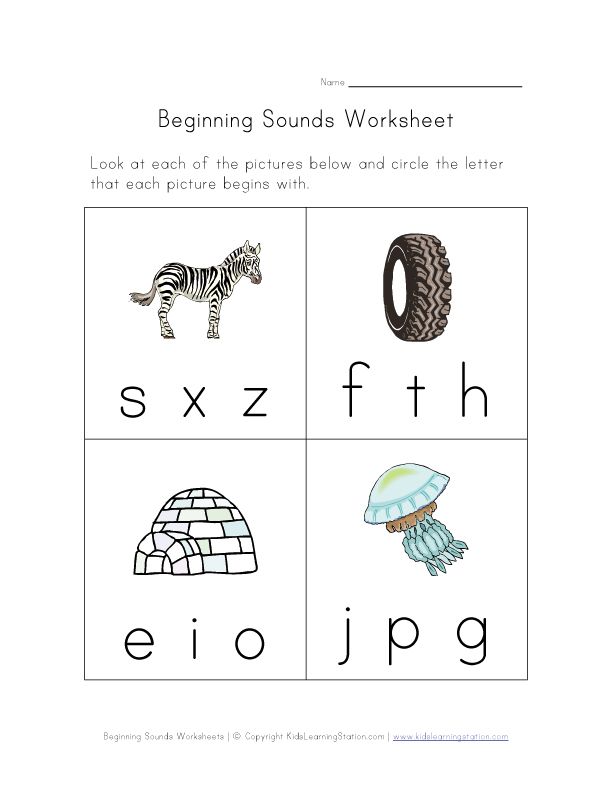
Having visual prompts around your classroom to help support young children check their thinking is key at this stage. As Early Childhood teachers, we know children 'read' pictures before they read words.
I created some picture/sound based alphabet posters for my own classroom which I often catch children 'reading'. You can find a copy of these posters here.
With one Reception class, we made our own alphabet wall charts which was such a fun term long project that helped the children understand initial sounds and make connections across different words.
After teach the letter and the sound it makes, resources that allow children to make this connection themselves and practice it are what you need.
Anything hands-on is a winner in my classroom. My students love playdough so at the start of the school year when we're starting to introduce the different letters and sounds I use these playdough mats to invite play.
Don't like using playdough? You can use these mats with any small objects to create an invitation in your classroom.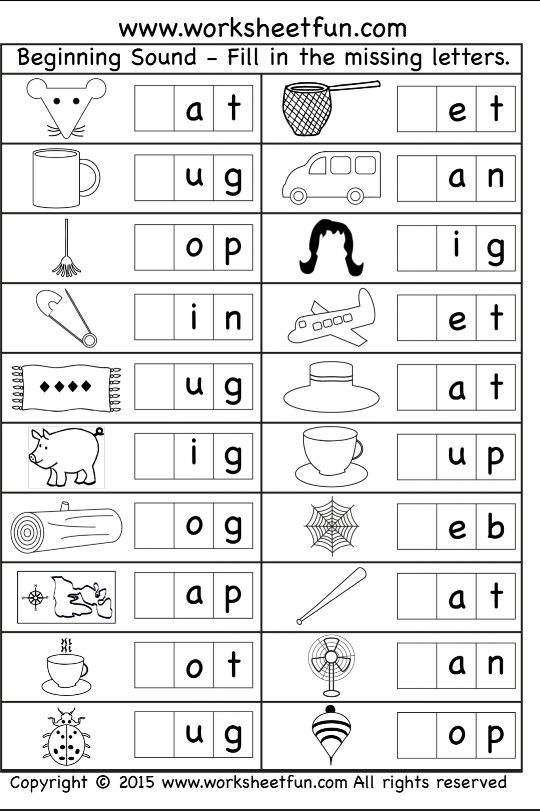 Here I've just added some small stones to build the different letters but you could also laminate the cards and add whiteboard markers to practice writing the letters.
Here I've just added some small stones to build the different letters but you could also laminate the cards and add whiteboard markers to practice writing the letters.
Being able to make the letter using these alphabet mats is a great way to introduce and consolidate their knowledge of the alphabet independently in our literacy centres. You can find the alphabet mats here.
When ready I swap the individual letter mats out for these ones. I've created mats for the entire alphabet but again just use the letters we are focusing on until we have taught all of the alphabet. You can find the alphabet mats here.
With many young children starting school with poor or underdeveloped fine motor skills, I often use clothes pegs in our centre activities to help strengthen those small hand muscles while allowing them to practice other skills.
These peg clip cards are a perfect example. Once the children have learnt their letter sounds they can practice differentiating between just three pictures to find the one that matches the letter displayed on the cards.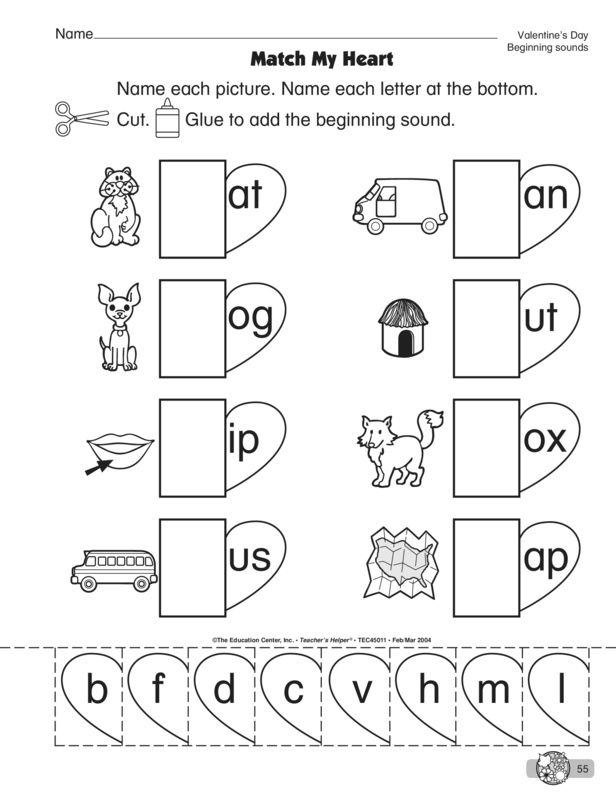 You can find these cards here.
You can find these cards here.
The next step up from our peg clip cards are our letter sound wheels as they still require children to use their growing understanding of initial letter sounds but now have a few pictures that don't belong. We've also thrown in some handwriting practice making these initial sound wheels one of my favourite resources ever.
Disguised as a game, our letter sound mazes ask children to do the same as our letter sound wheels in they have to differentiate between sounds to find their way through the maze from the start to the finish.
A little less complex, these initial sound mats have long been a favourite in my classroom. Simply print and add magnetic letters or laminate and write the letter to match the beginning sound.
These letter sound wheels ask children to do the same but they have individually labeled clothes pegs to match the letter to the first sound in each word. You can find these wheels along with our FREE upper/lower case letter match wheels here.
Few have been able to resist our initial sound alphabet mats! Simple to prep, just print and add some counters for children to search for all the words that start with the letter sound displayed in the middle of each mat.
With a mat for each letter included, the children can see clearly that few words start with 'X' or 'Q' compared to 'B' or 'T'. You can download the mats from here.
How to Teach Beginning Letter Sounds
Skip to contentHow to Teach Beginning Letter SoundsAlesia Netuk2022-04-06T17:13:03-04:00
Posted by: Alesia Netuk
Updated: April 6th, 2022
As kids become more familiar with letters and sounds, they can distinguish beginning letter sounds in words. First, teach your child to recognize beginning sounds; they move on to final sounds and then teach the medial sounds.
When they develop fluency in isolating sounds, they can start producing words that begin or end with this sound.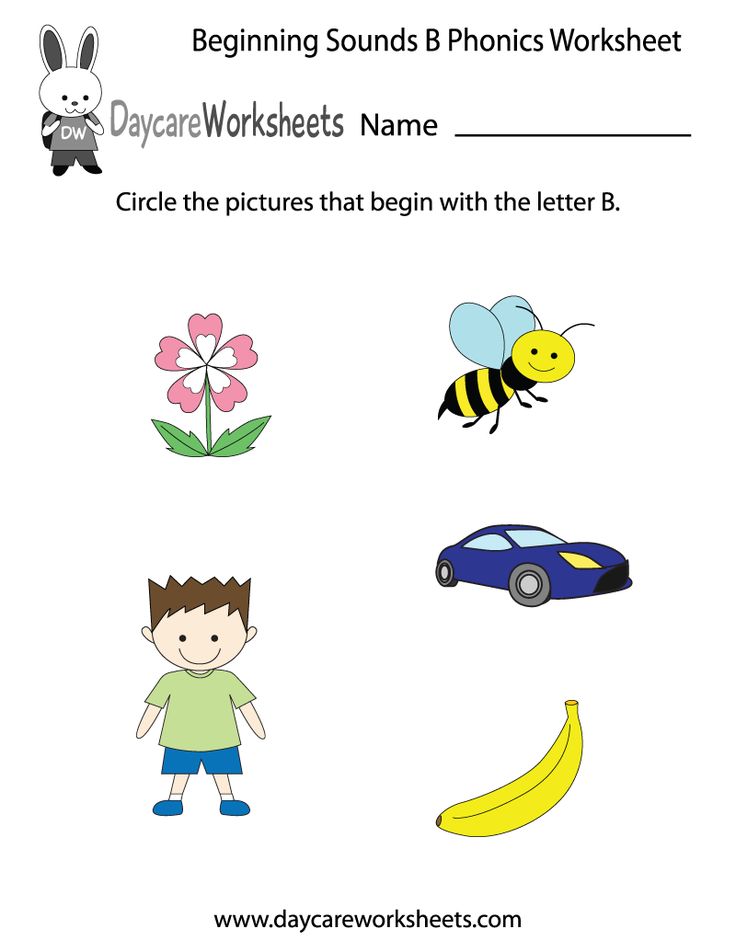 First, start learning continuous letter sounds. Continuous letter sounds are sounds that can be extended, and they are the easiest to teach. The pronunciation of continuous sounds is straightforward.
First, start learning continuous letter sounds. Continuous letter sounds are sounds that can be extended, and they are the easiest to teach. The pronunciation of continuous sounds is straightforward.
Stop letter sounds are more complicated; they cannot be extended and are more difficult to learn. In order to isolate these sounds in words, repeat them several times. Be careful teaching these sounds; do not add vowels as they can distort the sound. Always say the sound of the letter and not its name.
Continuous sounds: a, e, f, i, l, m, n, o, r, s, u, v, w, y, z.
Stop sounds: b, c, d, g, h, j, k, p, q, t, x.
PREPARING ENGAGING LESSONS
JUST GOT EASIER …
Save hours on your lesson preparation time every week with an organized collection of high-quality, low-prep, hands-on printables right at your fingertips!
Try Premium Membership
PREPARING ENGAGING LESSONS
JUST GOT EASIER …
Save hours on your lesson preparation time every week with an organized collection of high-quality, low-prep, hands-on printables right at your fingertips!
Try Premium Membership
Tips for Teaching Beginning Letter Sounds
Use visuals.
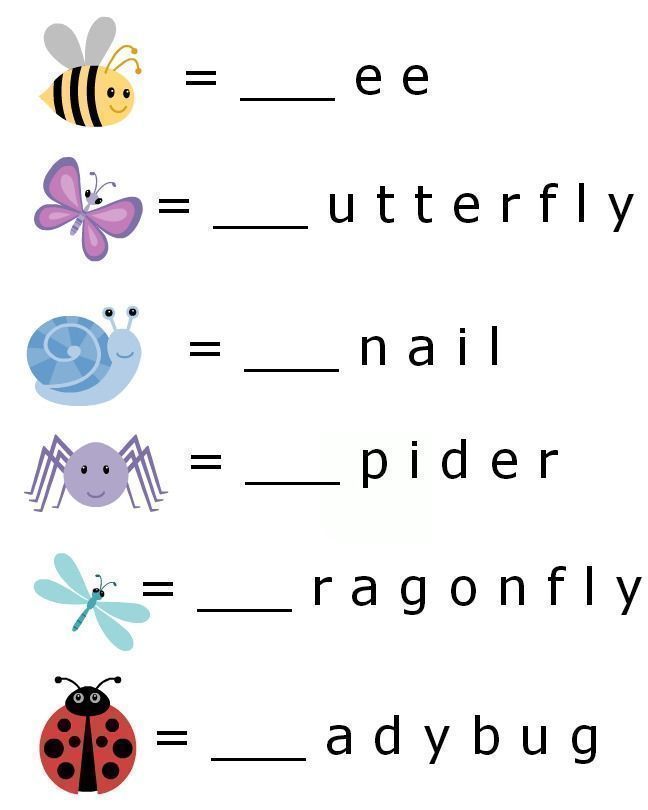 Using visuals correctly helps connect the sound of the letter.
Using visuals correctly helps connect the sound of the letter.Be consistent. Be consistent when teaching the sounds, so students can take learned skills and quickly move from one sound to another.
Assessment. A good evaluation is a crucial element of your teaching strategy. It would be best to see what each student in the class can and cannot do. Use the assessment to determine what your students need to learn and focus on those areas.
Useful Resources for your Lesson
Initial sound clothespin games. Great activity for preschool and kindergarten kids.
Beginning sound matching game is a great way to keep kids interested and entertained while learning.
An amazing activity every child will love to play! Combine pegs and elastic bands, and you will get an activity that not only teaches the beginning sounds (and their types) but also promotes fine motor skills.
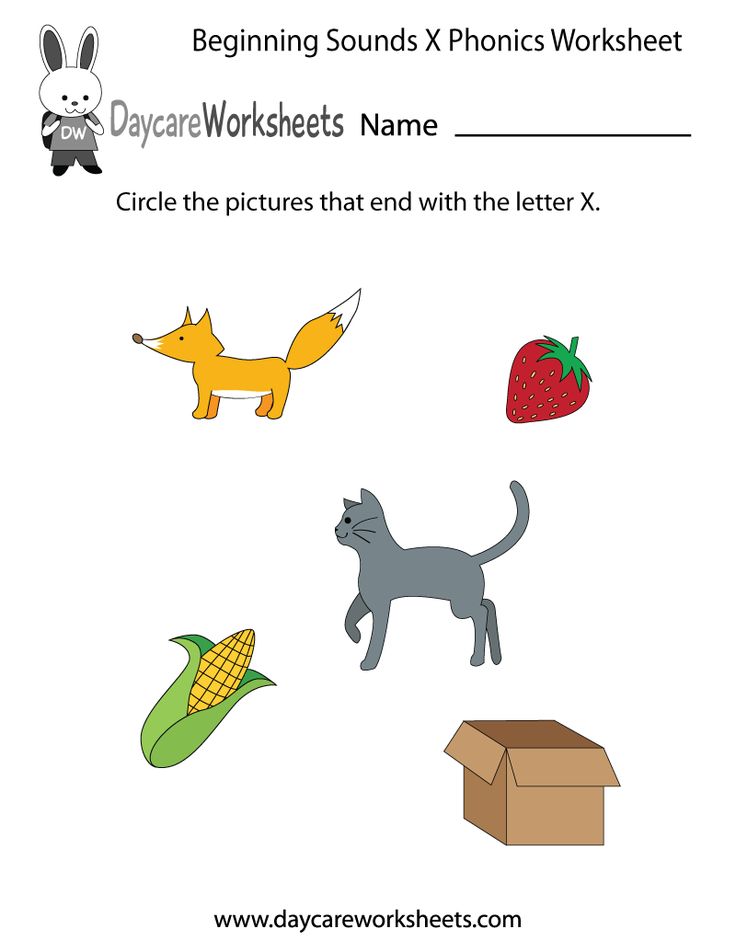
Is your child love playing various board games? Therefore, this beginning sound game is right for you. Print and set up the game (it takes just a few minutes) and have fun family time!
Beginning sound hands-on activities:
LEARNING MATERIALS TO MEET EVERY CHILD’S NEEDS
Here, at PrimaryLearning.Org, we tend to deliver the best-differentiated learning materials to K-2 students. Our resources can be easily incorporated into multisensory lessons to meet every child’s needs, whether s/he is a visual, kinesthetic, or auditory learner.
Try Premium Membership
Page load link Go to TopVowel sounds and letters. How many are there in Russian?
Free introductory lesson in Russian
Enroll
Correct pronunciation of words is one of the components of beautiful and literate speech.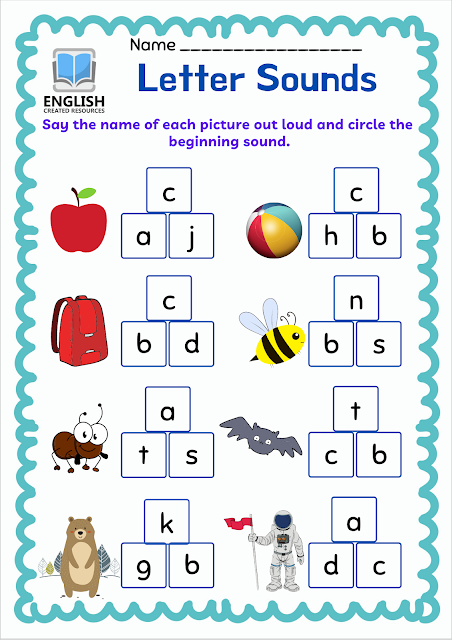 To achieve this, you will first have to study the sounds themselves. In this article, we will figure out together what vowel sounds are, how many vowels are in the alphabet of the Russian language, and what sounds they can represent.
To achieve this, you will first have to study the sounds themselves. In this article, we will figure out together what vowel sounds are, how many vowels are in the alphabet of the Russian language, and what sounds they can represent.
What are vowels and sounds
Vowel sounds are those sounds that we freely convey with our voice. Hence their name comes from: voice means "voice". When pronouncing, air exits through the mouth and does not create noise, and the position of the tongue and lips determines which vowel sound we will pronounce.
There are much fewer vowels in Russian than consonants. There are 6 of them in total: [a], [o], [i], [s], [y] and [e]. To understand whether a vowel sound is in front of you or not, try to sing it. For example:
-
a-a-a ,
-
woo
-
s-s-s .
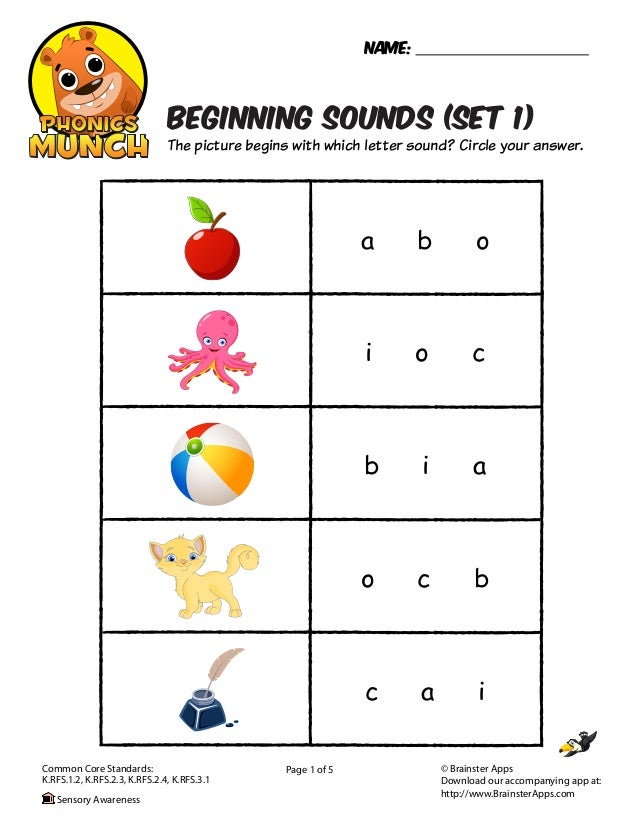
If it works, then the sound is a vowel. You can't do that with consonants.
There are more vowels than sounds - there are 10 of them: a, i, u, u, o, e, e, e, i, s . This difference is due to the fact that some of these letters can represent two sounds and are pronounced using a combination of a vowel and a consonant [y']. For example, in the word spruce the letter e two sounds are expressed - [y '] and [e]. Let's look at the table all the vowel sounds and the letters that represent them.
| Letter | Sound | Example |
|---|---|---|
| a | [a] | pharmacy |
| i | [a] [d'] + [a] | change anchor |
| y | [y] | moon |
| [y] [y'] + [y] | love skirt | |
| about | [o] [a] | horse milk |
| e | [e] [y'] + [e] [and] | victory raccoon great |
| e | [o] [d'] + [o] | rope hedgehog |
| e | [e] | evolution |
| and | [and] [s] | caviar life |
| s | [s] | choice |
Demo lesson in Russian
Take the test at the introductory lesson and find out what topics separate you from the "five" in Russian.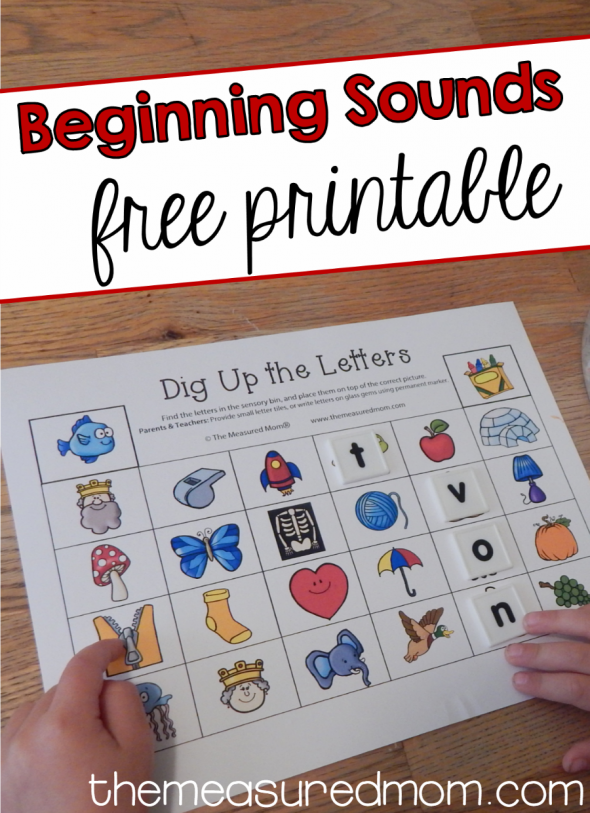
How vowel sounds are related to syllables
Vowel sounds form syllables - sound segments of words that we pronounce with one breath. One syllable can be either a vowel with one or more consonants, or a vowel alone. There is even a rule by which syllables can be counted: how many vowels in a word - so many syllables.
For example, in the word journey there are 5 vowels: [u], [i], [e], [i] and [e]. This means that it has 5 syllables: p-te-she-stv-e .
Test yourself!
Count the number of syllables in the words: try on, tanner, well-groomed, care, prefix, capital, wet, invitation, orange .
Vowel sounds and stress
Now let's see what groups vowel sounds are divided into. Sometimes their pronunciation depends on whether the stress falls on them, that is, whether we single them out with our voice. So vowel sounds are divided into stressed and unstressed.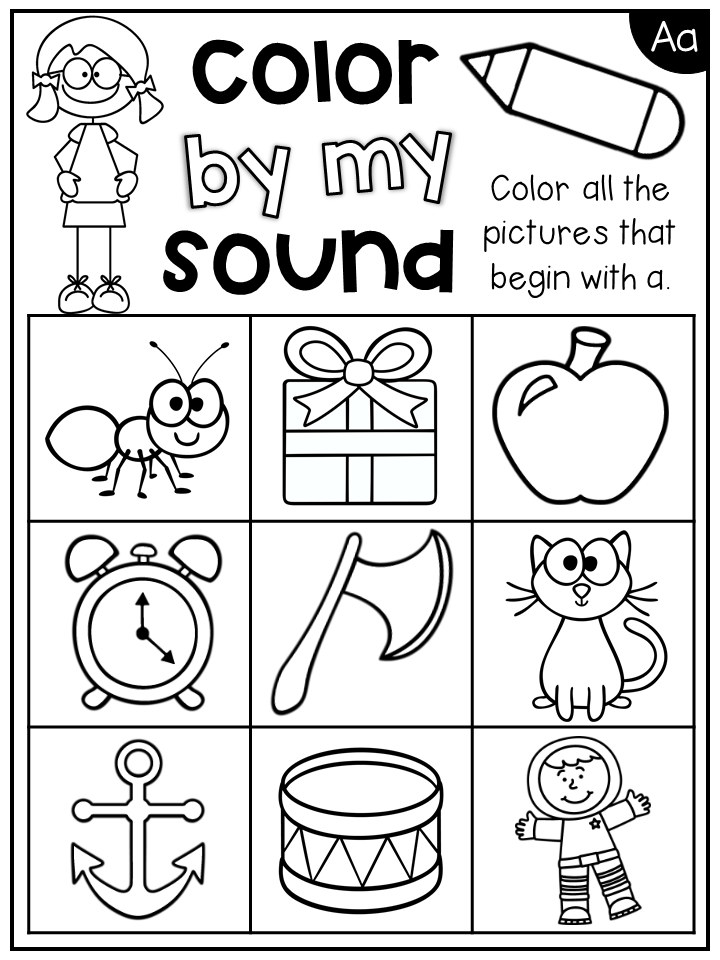 Here are some examples:
Here are some examples:
| | | |
|---|---|---|
| | | |
| | | |
| | | |
Stress in Russian can fall on any of the existing vowel sounds. However, only 4 of them can be unstressed - these are [a], [i], [y] and [s]. In this position, we pronounce sounds weaker than under stress, because of which they can change qualities and sound differently.
Interestingly, the vowels [o] and [e] can only be stressed. There are only a couple of exceptions to this rule: for example, in words cocoa and canoe sounds [o] and [e] in an unstressed position.
How unstressed vowels are related to consonants
How an unstressed vowel sounds depends on the consonant that precedes it. Or rather, from its hardness or softness. If it is a hard consonant, it can be followed by unstressed vowels [y], [a] and [s]. When we talk about a soft consonant, it is followed by unstressed vowels [y] and [and].
| | |
|---|---|
| | |
| | |
| | |
Test yourself
It's time to find out if you now understand well what vowel sounds are in Russian.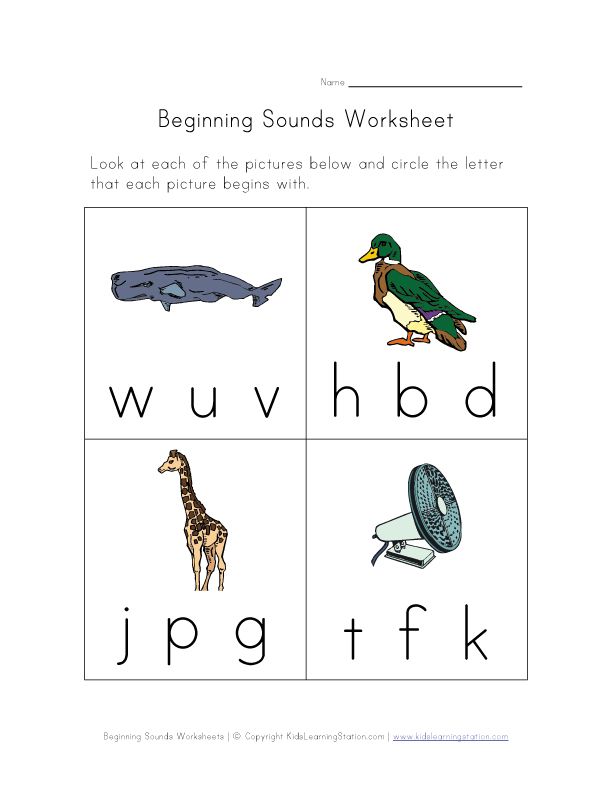 To do this, we have prepared tasks for self-examination.
To do this, we have prepared tasks for self-examination.
Task 1
List all the vowels in these words:
fair,
rejoice,
doll,
distant,
buddy,
voting,
mirror,
story,
OK,
captivate.
Task 2
Name 5 words each in which the sounds [a], [i], [y] and [s] would be stressed.
Task 3
Name 5 words in which an unstressed vowel would come after a hard consonant, and 5 more words where it would follow a soft consonant.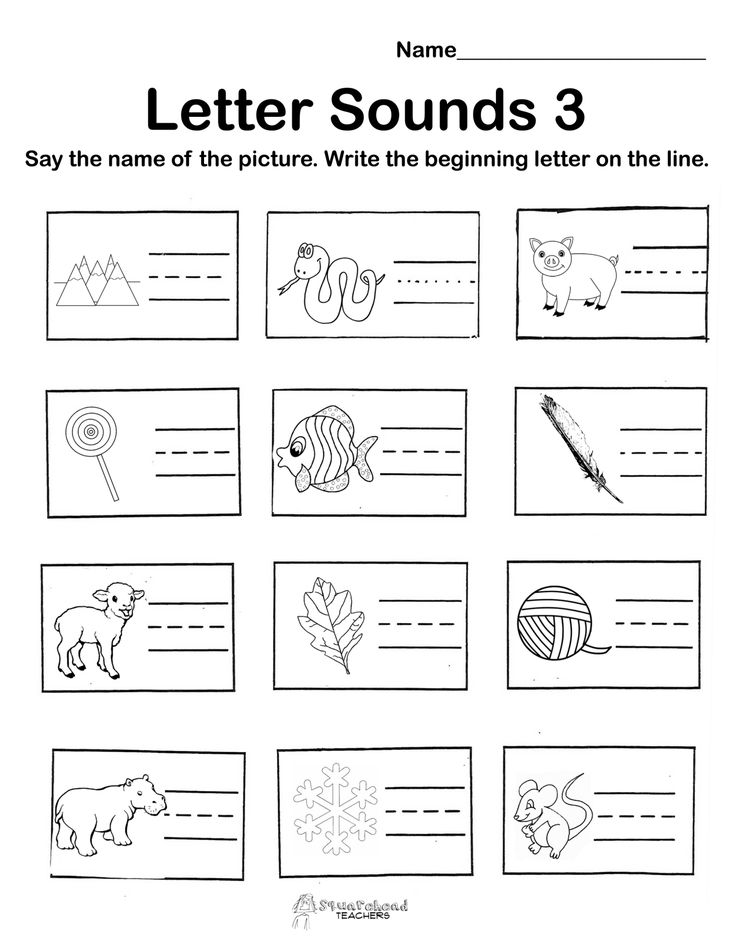
Task 4
Count the number of syllables in the words below (don't forget to use the rule you learned at the beginning of the article!):
-
weightless,
-
sunrise,
-
adventure,
-
painter,
-
perpetuate,
-
pleasant,
-
image,
-
category,
-
exciting,
-
melting,
-
snowflake.
The rules of phonetics help us to speak correctly, so it is important to master the topic of vowels well and avoid gaps in knowledge. If even after reading the article you still have questions on the topic, you can figure them out in the Russian language course at Skysmart. In online lessons, the teacher will help the student work out the theory and consolidate the result on non-boring tasks. So the student will be able to improve the quality of knowledge, and fall in love with the subject.
If even after reading the article you still have questions on the topic, you can figure them out in the Russian language course at Skysmart. In online lessons, the teacher will help the student work out the theory and consolidate the result on non-boring tasks. So the student will be able to improve the quality of knowledge, and fall in love with the subject.
Russian cheat sheets for parents
All the rules of the Russian language at hand
Sounds and letters | Learning Russian
01/15/2013 | Author: svetrus | Category: Phonetics
What is sound? What is a letter? How do they compare? How are sounds formed and what are they?
Sounds
Speech sounds differ from all other sounds in that they form words.
Sound is the smallest basic unit of language along with words, phrases and sentences. But, unlike them, sound has no semantic meaning. But, it is thanks to the sounds that we distinguish the words that we hear and pronounce: house [house] and rum [rum] - the difference is in one sound.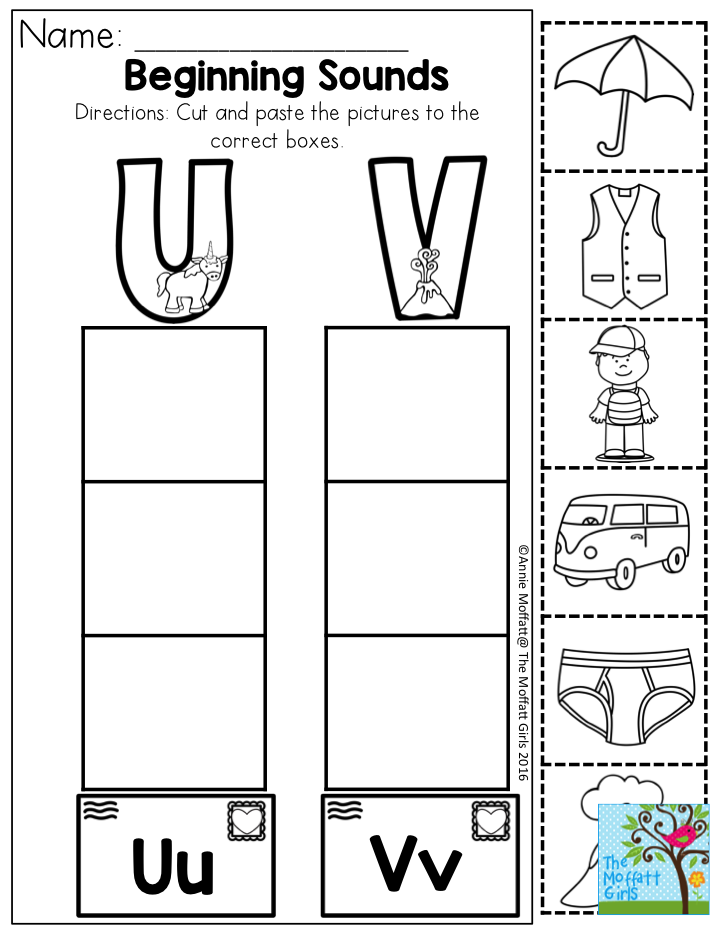 Sounds create a sound shell of words and this helps to distinguish words from each other, i.e. perform a semantic function. With the help of speech sounds, you can turn one word into another: suk-bow - tuk - tok - rock - mouth - rum - tom - com - ... (when you change one sound, the word changes).
Sounds create a sound shell of words and this helps to distinguish words from each other, i.e. perform a semantic function. With the help of speech sounds, you can turn one word into another: suk-bow - tuk - tok - rock - mouth - rum - tom - com - ... (when you change one sound, the word changes).
Words differ:
- by the number of sounds they consist of: crow (6 sounds) - funnel (7 sounds), dispute - sport;
- sound set:
- difference in one sound: lemon [l'imon] - firth [l'iman]; port [port] - cake [cake], onion [onion] - bough [bough];
- difference in several sounds: tan [tan] - fence [fence]; beans [beans '] - password [password '];
- sequence of sounds: bush [bush] - knock [knock]; nose [nose] - sleep [sleep];
- sounds in words may not completely match: school [school] - teacher [teacher]; crucian carp [carp '] - catfish [catfish], house [house] - hut [hut].
Formation of sounds and their classification.
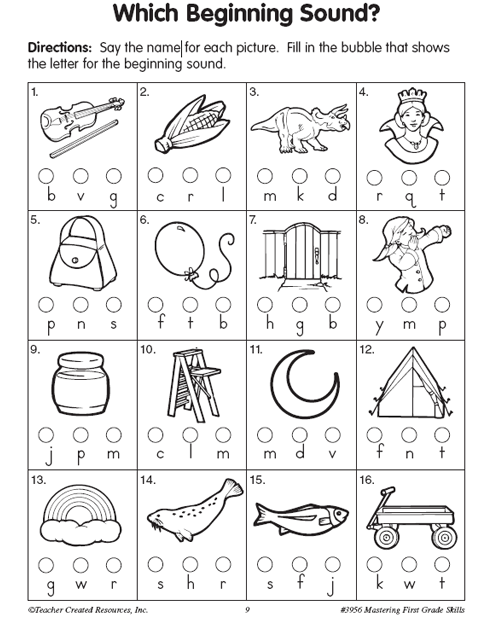
Speech sounds are produced during exhalation: a stream of air exhaled from the lungs passes through the larynx and oral cavity. Air vibrations and the work of speech apparatus (larynx with vocal cords, oral and nasal cavities, palate, tongue, lips, teeth) form sound.
Tones (voice) and noises are involved in the formation of speech sounds. When the exhaled air passes through the tense vocal cords in the larynx, which causes rhythmic vibrations of the cords, voices (tone) arise. Noise is formed in the oral cavity when the exhaled air overcomes obstacles (gap or closure) that are formed by the lower lip or tongue when they approach or close with the upper lip, teeth or palate.
When the exhaled air is without obstacles passes through the larynx between tense vocal cords and through the oral cavity, which can change its shape, vowels are formed .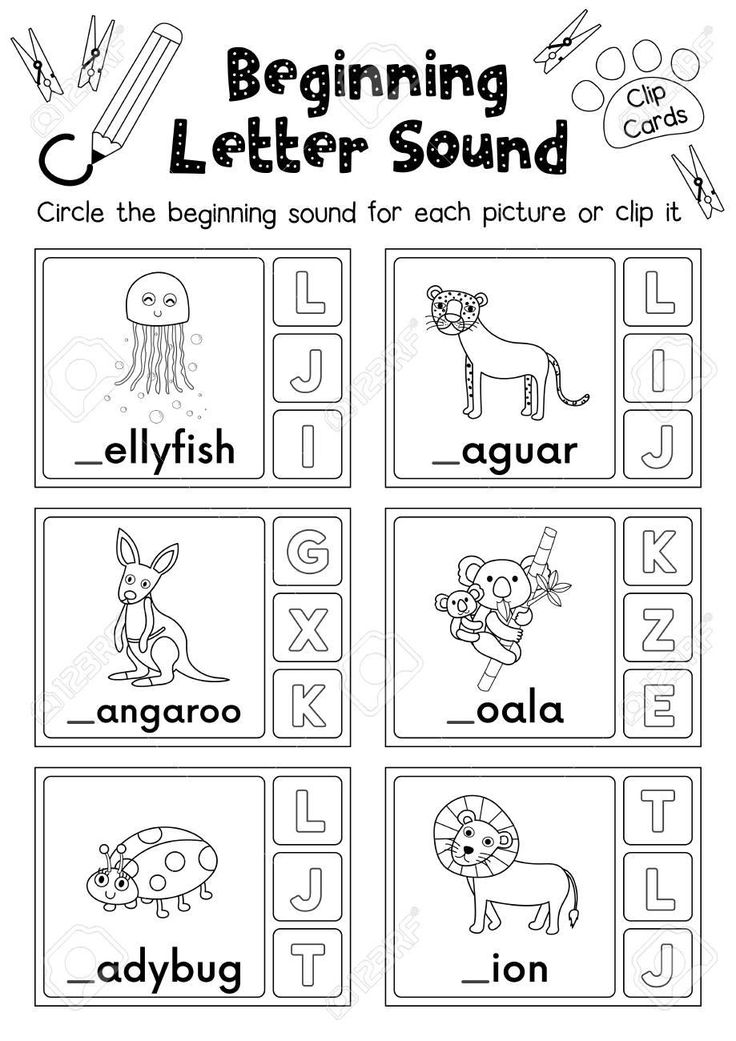 They consist only of a voice, they are the most sonorous. If you put your finger on the larynx and pronounce the vowel sound [a], [o], [y], [i], [s], [e], then you can feel how the vocal cords tremble. Vowels can be sung.
They consist only of a voice, they are the most sonorous. If you put your finger on the larynx and pronounce the vowel sound [a], [o], [y], [i], [s], [e], then you can feel how the vocal cords tremble. Vowels can be sung.
If the exhaled air encounters an obstruction in the oral cavity, consonants . Both voice and noise are already involved in their education. Consonants, in the formation of which voice and noise are involved, are called voiced . If the voice prevails over noise in the creation of sound, then such voiced consonants are sonorous . Deaf sounds are created only by noise without a voice (vocal cords are relaxed, do not tremble).
Speech sounds according to the degree of sonority (by the number of voice and noise):
- vowels: [a], [o], [y], [i], [s], [e] - only voice is involved in their formation;
- voiced:
- sonorant consonants: [m], [m'], [n], [n'], [l], [l'], [p], [p'], [y'] – more voices than noise, always voiced, unpaired voiced;
- noisy voiced consonants: [b], [b'], [c], [c'], [g], [g'], [d], [d'], [h], [h'] , [g] - there is more noise than voices, paired voiced (in speech, a voiced sound is sometimes used [g ']: jury [zh'uri], reins [reins'i]);
- noisy voiceless consonants: [n], [n'], [f], [f'], [k], [k'], [t], [t'], [s], [s'] , [w], [u'], [x], [x'], [c], [h'] - consist only of noise.
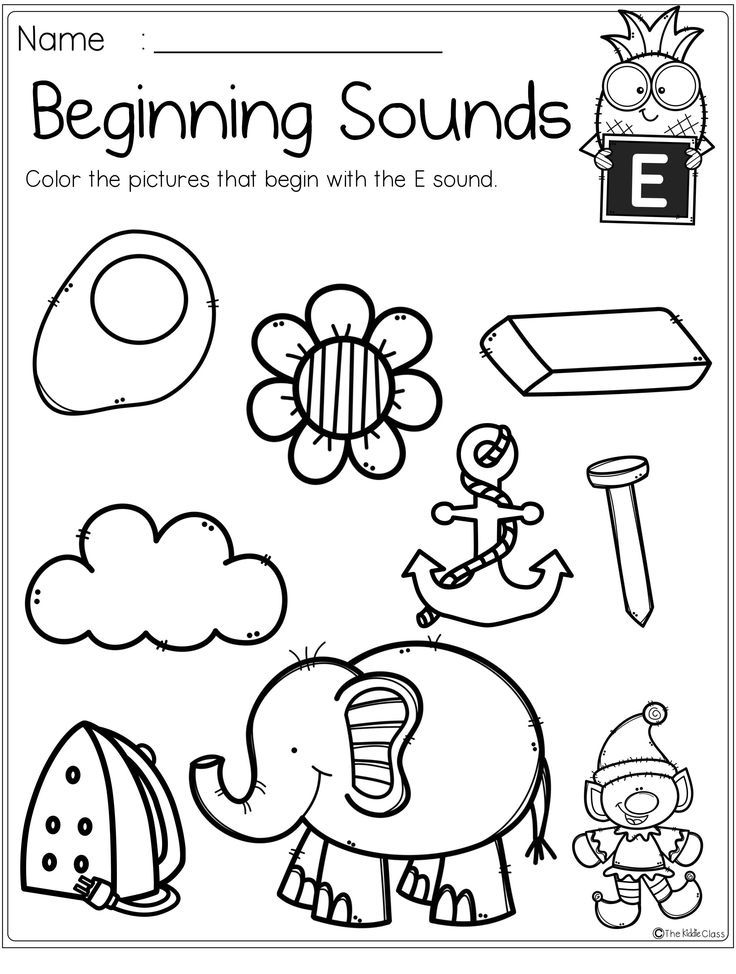
Please note that vowels and consonants (voiced and voiceless) differ in the degree of participation of voice and noise, according to the method of formation (there are or are not encountered obstacles in the oral cavity when exhaling air).
Voice (tone) is always present in the pronunciation of vowels and voiced consonants. When pronouncing deaf consonants, the vocal cords are relaxed, the voice is not formed.
The specific sound of each vowel depends on the volume and shape of the oral cavity - the position of the tongue and lips.
The sound of each consonant depends on the functioning of the organs of speech. Consonants are sonorous and noisy, and noisy - voiced and deaf, depending on the participation of voice and noise in their formation. Consonants also differ in the place where the noise is formed, depending on where and by what organs of speech an obstacle is formed through which the exhaled air passes (labial, lingual, etc.).
Consonants are divided into hard and soft . Soft sounds differ from hard sounds in that when they are formed, the tongue performs an additional action: its middle part rises to the hard palate.
Soft sounds differ from hard sounds in that when they are formed, the tongue performs an additional action: its middle part rises to the hard palate.
Letters
Letters are graphic characters that represent speech sounds when writing. There are 33 letters in total. There is no complete correspondence between letters and sounds.
We pronounce and hear sounds, we see and write letters.
An exact recording of speech sounds is called transcription , denoted by square brackets […]. When recording a transcription of a word, it is necessary to designate each sound with a separate letter, put an accent sign, a soft sign [‘]. For example, a cow is [kaROVA], the letter to conveys the sound [k] , the letter р means the sound [р] , etc.
How are letters and sounds related?
Letters are called vowels or consonants because they denote vowels or consonants.
- All sounds in a word can correspond to their letter: table [table].
- One letter can represent different sounds:
in the words fruit [raft], fruit [plady], the letter o is used to denote the sounds [o] , [a] , and the letter d is used to denote the sounds [t] and [d ] .
- Letters may not represent sounds:
- One letter can represent two sounds:
- letters e, e, u, i at the beginning of a word, after dividing b, b and vowels, two sounds are indicated [y'e], [y'o], [y'y], [y'a]. The sounds e, e, yu, i do not exist in Russian.
- letters b, c, d, e, z, k, l, m, n, p, r, s, t, f, x they say
The ambiguity of letters is connected with the syllabic principle of the functioning of Russian graphics . The essence of this principle lies in the fact that the unit of writing and reading is not a letter, but a syllable , i.
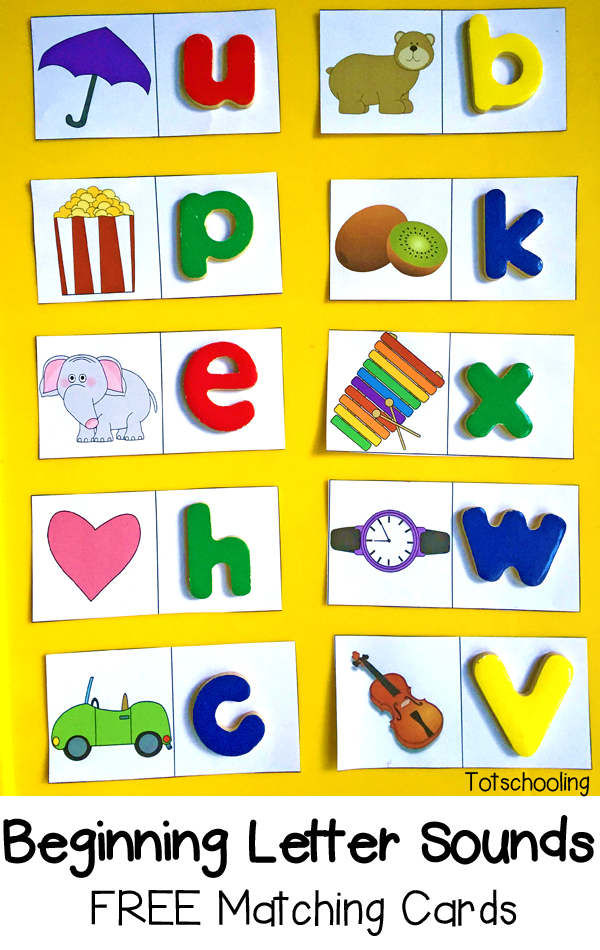 e. a combination of letters to denote consonant and vowel sounds, where the letters are mutually conditioned. The syllabic principle is used to denote the hardness and softness of consonants, as well as to denote the consonant sound [th].
e. a combination of letters to denote consonant and vowel sounds, where the letters are mutually conditioned. The syllabic principle is used to denote the hardness and softness of consonants, as well as to denote the consonant sound [th]. - One sound can be transmitted by different letters:
in words c irkul [ c yrkul’ ], smile ts i [smile ts a] sound [ts] is transmitted by the letter ts and the letters ts (ts) .
T.o. the number of letters and sounds, their sound and spelling may not match in a word. There is no one-to-one correspondence between letters and sounds. It is necessary to distinguish between sound and letter composition of the word .
Total 33 letters :
- 10 vowels: 0012 ;
- 21 consonants letters:
- b and b signs that do not represent individual sounds.
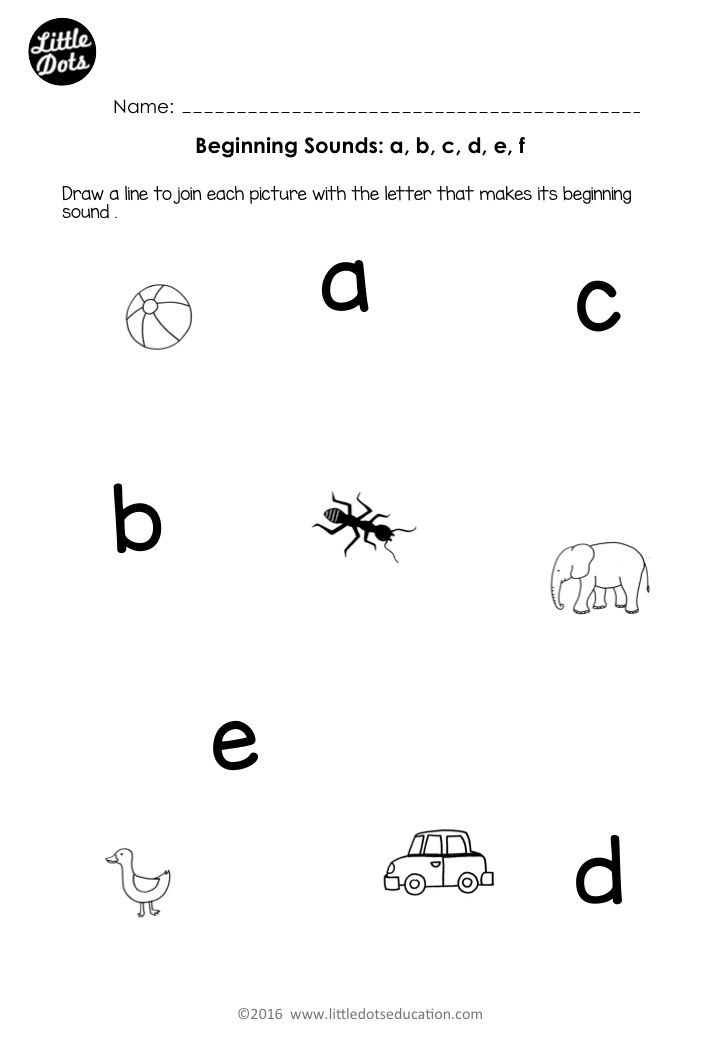
Sounds - 42 :
- 6 vowels: [a], [o], [y], [i], [s], [e] ,
- 36 consonants: [b], [b'], [c], [c'], [g], [g'], [d], [d'], [g], [h], [h '], [d '], [k], [k '], [l], [l '], [m], [m '], [n], [n '], [n], [p'], [p], [p'], [s], [s'], [t], [t'], [f], [f'], [x], [x'], [c], [h'], [w], [w'] .
The difference in the number of consonant letters and sounds is associated with the way the hardness and softness of consonants are reflected in writing.
Sounds are indicated by letters, but the pronunciation and spelling of the word may not match.
References:
- Babaitseva V.V. Russian language. Theory. 5 - 9 grade: textbook for in-depth. study Russian language. / V.V. Babaitsev. - 6th ed., revised. – M. Bustard, 2008
- Kazbek-Kazieva M.M. Preparation for Olympiads in the Russian language. 5-11 grades / M.M. Kazbek-Kazieva. - 4th ed.
